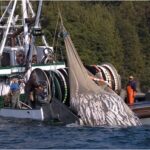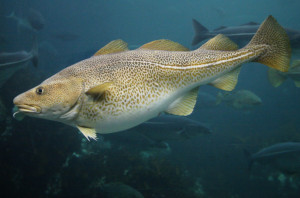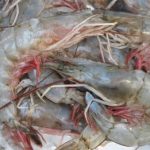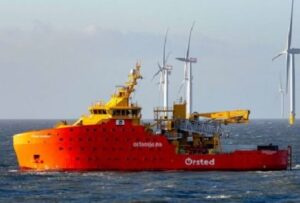Tag Archives: research
Taking action on lobster stock fluctuation
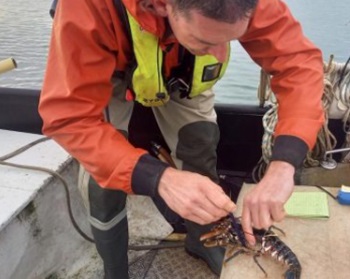 There’s increasing concern about unexplained structural decline of European lobster in the Netherlands’ Eastern Scheldt lobster fishery. Accurate stock assessment is essential for understanding these declines and implementing sustainable management, but scientific knowledge on lobster stocks in the Netherlands is lacking. Seeing a need for action, the Association of Professional Fishers Oosterschelde, Westschelde and Voordelta (OWV) developed a fishing plan to improve regional fisheries management, seeking to engage with the government and stakeholders to develop science-based fishery management strategies. more, >>CLICK TO READ<< 08:20
There’s increasing concern about unexplained structural decline of European lobster in the Netherlands’ Eastern Scheldt lobster fishery. Accurate stock assessment is essential for understanding these declines and implementing sustainable management, but scientific knowledge on lobster stocks in the Netherlands is lacking. Seeing a need for action, the Association of Professional Fishers Oosterschelde, Westschelde and Voordelta (OWV) developed a fishing plan to improve regional fisheries management, seeking to engage with the government and stakeholders to develop science-based fishery management strategies. more, >>CLICK TO READ<< 08:20
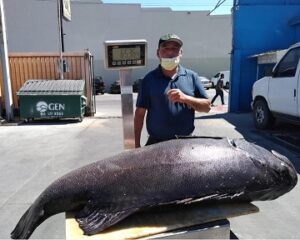
Giant sea bass: scientific research that found them critically endangered stopped at US-Mexico border
Giant sea bass live off the west coast of North America in both Mexican and U.S. waters. I have found that large differences in regulation and research effort between the two countries has led to a significant misunderstanding of giant sea bass population health. In California, commercial fishing for the species began in the late 1880s. Large fish used to be very abundant across the entire range, but the fishery collapsed in the early 1970s. As a response, in 1981 the U.S. banned both commercial and recreational fishing for giant sea bass, and there are many ongoing research and population recovery efforts today. The collapse and subsequent protection and flurry of research in the U.S. stand in stark contrast to Mexico. >click to read< by Arturo Ramírez-Valdez 12:14
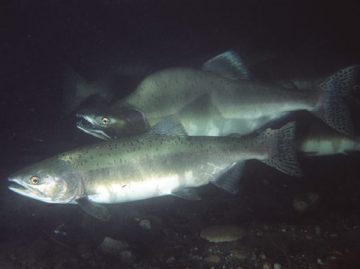
Pacific salmon ‘more abundant than ever’, new study claims
Pacific salmon are generally “more abundant than ever.” That is the provocative conclusion of a new paper published in Marine and Coastal Fisheries by Greg Ruggerone of Seattle’s Natural Resources Consultants and James Irvine of the Department of Fisheries and Oceans. The study used historical commercial catch and escapement data for the entire Pacific region for both wild and commercial hatchery salmon over a 90-year period, up to 2015. There is one caveat, however: Ruggerone and Irvine analyzed only data for pink, chum and sockeye salmon. >click to read<09:13
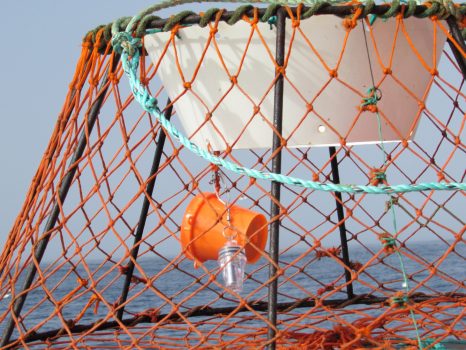
NL research shows LED lights draw crab to the pot
While they stopped short of trying a tiny disco ball, a local team of researchers has proven the addition of certain light emitting diode (LED) lights will draw snow crab to offshore traps.
“Fishing enterprises could theoretically reduce bait costs through LED light substitution, or enhance existing catch rates of baited traps by simply adding an LED light,” notes their research report, now available through the journal Aquaculture and Fisheries. A team from Memorial University of Newfoundland’s Fisheries and Marine Institute, and the Department of Fisheries and Oceans completed related work in May and June 2016, with the help of the DFO base in St. John’s and, later, the fishing vessel Atlantic Champion. Click here to read the story 09:33
NOAA and Sea Grant fund $800,000 in research to understand effects of ocean changes on iconic Northeast marine life
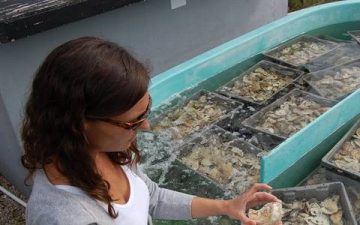 NOAA’s Ocean Acidification Program (OAP) and the Northeast Sea Grant Programs joined together to prioritize and fund new research on how ocean acidification is affecting marine life including lobsters, clams, oysters, mussels and sand lance that are so important to the Northeast region. Funding includes $800,000 in federal funds from the two programs with an additional $400,000 non-federal match. NOAA and Sea Grant drew on the work of the Northeast Coastal Acidification Network to set these priorities. The Network is made up of concerned fishermen, scientists, resource managers, and representatives from federal and state agencies who work together to identify critical vulnerabilities in the northeast, including regionally important and economically significant marine resources that are vital to the many livelihoods and the culture of New England. Read the rest here 00:23
NOAA’s Ocean Acidification Program (OAP) and the Northeast Sea Grant Programs joined together to prioritize and fund new research on how ocean acidification is affecting marine life including lobsters, clams, oysters, mussels and sand lance that are so important to the Northeast region. Funding includes $800,000 in federal funds from the two programs with an additional $400,000 non-federal match. NOAA and Sea Grant drew on the work of the Northeast Coastal Acidification Network to set these priorities. The Network is made up of concerned fishermen, scientists, resource managers, and representatives from federal and state agencies who work together to identify critical vulnerabilities in the northeast, including regionally important and economically significant marine resources that are vital to the many livelihoods and the culture of New England. Read the rest here 00:23
What happened to all the Chinook Salmon? New research points to potential predators
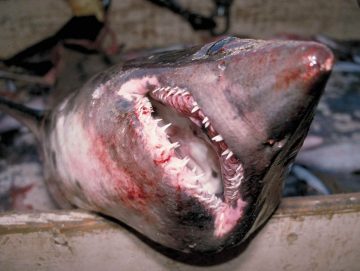 In the 1960s, king salmon were abundant in Alaska, and it stayed that way through the 90s. After the new millennium, though, Chinook numbers fell — and they’ve remained low since. “People have scratched their heads and said, ‘Where are all the kings? What happened to all the kings?’” said Andy Seitz, an associate professor at the University of Alaska Fairbanks School of Fisheries and Ocean Sciences. At a lecture in Unalaska this week, Seitz explained how his research team has studied adult Chinook in the Bering Sea for the last three years. The project relied on pop-up satellite tags, which attach to salmon and measure the water temperature, depth, and ambient light of their environment. Seitz and his team think warm-blooded salmon sharks ate the kings and their tags, and the odd data was recorded when fish were trapped in the sharks’ guts. He also said they found five instances where marine mammals and other unidentified predators could have killed Chinook. Read the story here 18:41
In the 1960s, king salmon were abundant in Alaska, and it stayed that way through the 90s. After the new millennium, though, Chinook numbers fell — and they’ve remained low since. “People have scratched their heads and said, ‘Where are all the kings? What happened to all the kings?’” said Andy Seitz, an associate professor at the University of Alaska Fairbanks School of Fisheries and Ocean Sciences. At a lecture in Unalaska this week, Seitz explained how his research team has studied adult Chinook in the Bering Sea for the last three years. The project relied on pop-up satellite tags, which attach to salmon and measure the water temperature, depth, and ambient light of their environment. Seitz and his team think warm-blooded salmon sharks ate the kings and their tags, and the odd data was recorded when fish were trapped in the sharks’ guts. He also said they found five instances where marine mammals and other unidentified predators could have killed Chinook. Read the story here 18:41
How oil damages fish hearts: Five years of research since the Deepwater Horizon oil spill
 Scientists with the Ecotoxicology Program at NOAA’s Northwest Fisheries Science Center in Seattle have been working to understand those effects. “Along with our research partners,” said Nat Scholz, the scientist who leads the program, “we’re investigating the more subtle, lingering, and potentially widespread impacts of oil on the health and survival of fish.” Read the rest here 14:19
Scientists with the Ecotoxicology Program at NOAA’s Northwest Fisheries Science Center in Seattle have been working to understand those effects. “Along with our research partners,” said Nat Scholz, the scientist who leads the program, “we’re investigating the more subtle, lingering, and potentially widespread impacts of oil on the health and survival of fish.” Read the rest here 14:19
Woods Hole gets $5.2M to research marine microbes from Gordon and Betty Moore Foundation
FALMOUTH, Mass. (AP) — The Woods Hole Oceanographic Institution says it’s been awarded $5.2 million this year to support research on a critical component of ocean health — marine microbes. Read More

































